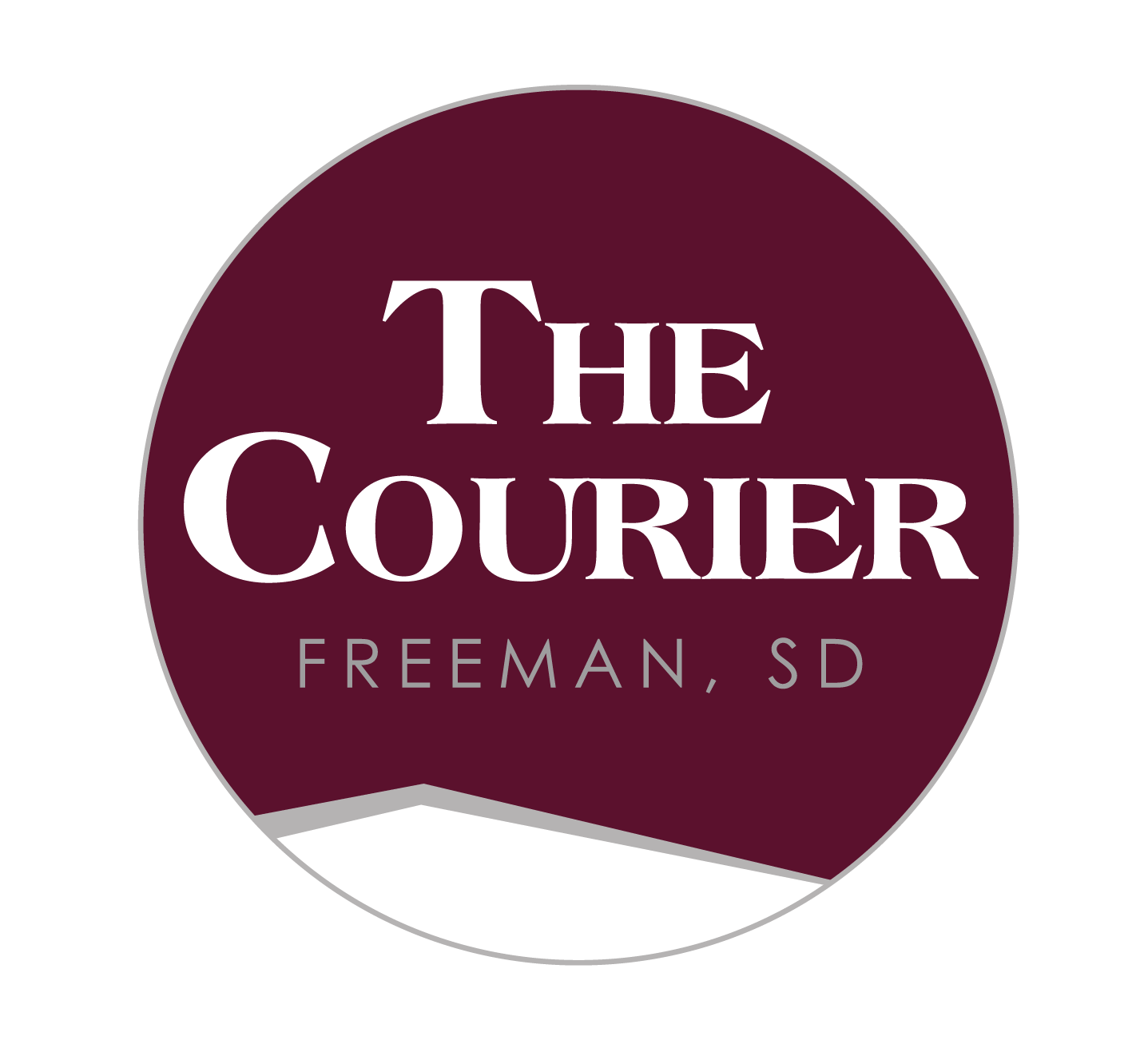Beyond the checkpoints: How a S.D. Native American tribe is protecting is people from COVID-19
The highway checkpoints implemented by the Cheyenne River Sioux Tribe in north-central South Dakota have been all over the news as Governor Kristi Noem has threatened legal action unless the tribe removes them. But the roadblocks are only a small part of the efforts by the tribute to protect its people from the COVID-19 pandemic.
The stalemate between the governor and the Cheyenne River and Oglala Lakota Sioux tribes remains, with checkpoints on state and federal highways still in place and Noem seeking but not yet finding a resolution to the conflict.
But the controversy has overshadowed the extensive and thus far highly successful effort of the Cheyenne River Sioux Tribe to prevent the deadly virus from infecting its roughly 12,000 residents, many who are poor or at high risk of complications or death from COVID-19.
So far, the sprawling reservation in north-central South Dakota has seen only one COVID-19 case in a woman who has since recovered.
The tribe has instituted a mandatory nightly curfew, placed strict limitations on how people shop, distributed free safety equipment, hired more police officers, expanded hospital capacity, created food-sharing and storage programs and instituted an effort in which at-risk tribal elders are contacted every day for welfare checks by phone.
Compliance with mandatory and voluntary public-health efforts has been strong on the reservation because tribal officials say most residents realize the great risk the virus poses to the population, and understand the limited ability of the tribal health-care system to react to a major outbreak.
The tribal hospital has only 8 beds and no intensive care unit. The nearest major hospitals are in Rapid City or Bismarck, both 170 miles from Eagle Butte.
The tribe credits the checkpoints for spotting the only COVID-19 case seen so far on the reservation, and for preventing further spread of the virus.
For now, the tribe says the checkpoints will stay in place as will other mandatory efforts to prevent the spread of the virus and protect the lives of residents.
For more on this story, go online to sdnewswatch.org

